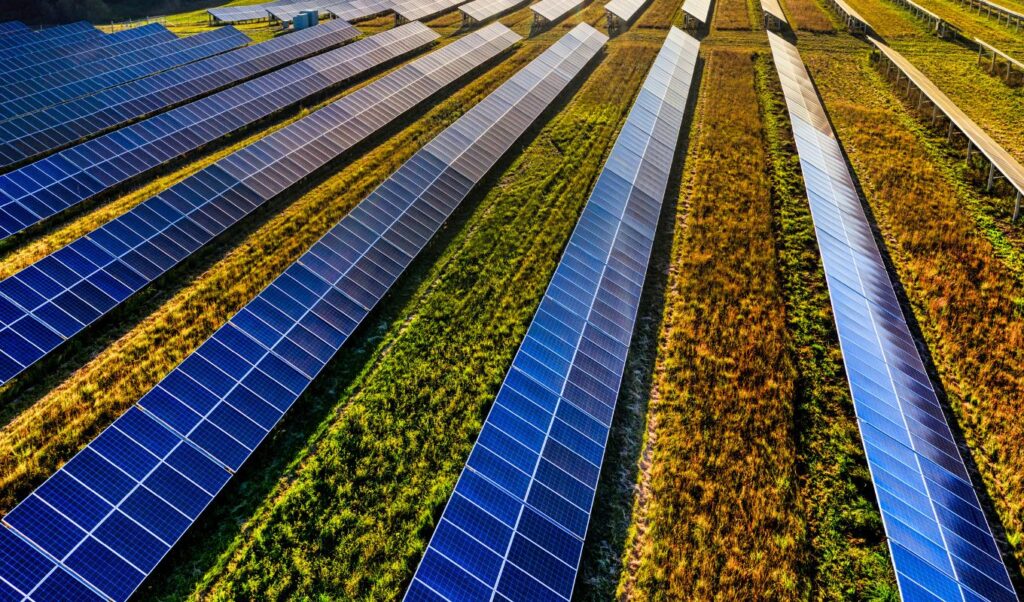China is undertaking a radical transformation of its energy strategy, directly addressing the climate crisis through the largest investment in a solar park ever recorded. Despite remaining the world’s top polluter, the country is now implementing ambitious renewable energy projects that could decisively influence the global fight against climate change.
China: The massive Qinghai solar park reshapes the energy landscape
In the remote province of Qinghai, China is constructing the world’s largest photovoltaic project, spanning 610 square kilometers. This impressive solar park has already activated two-thirds of its planned panels, generating clean energy that will meet the needs of up to 5 million households once the project is completed.
Significant emissions reduction signals new era
Recent statistics reveal an encouraging trend: carbon dioxide emissions in China showed a 1% decrease during the first half of 2025. This development is considered by many experts as a critical milestone in the global effort to address the climate crisis.
The shift toward renewable energy sources is not limited to solar parks alone. The country is simultaneously investing in wind installations, creating an integrated clean energy network aimed at replacing traditional coal-fired power plants.
Challenges in energy transmission and distribution
Despite significant achievements, China still faces serious challenges in the energy transition sector:
- Transmitting energy from western production regions to densely populated eastern industrial cities
- Modernizing the electrical grid that still relies primarily on coal plants
- The need for energy storage and managing fluctuations in renewable energy production
Solving these issues is a prerequisite for fully utilizing the potential of solar parks and making a substantial contribution to addressing the climate crisis.




